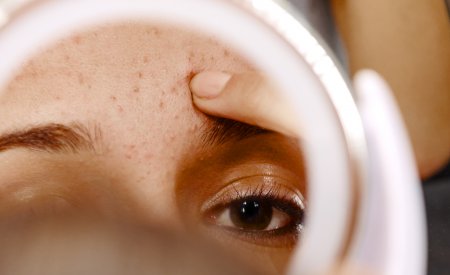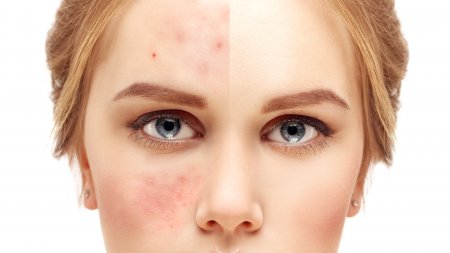Comprendre ma peau
What is dysseborrhea, and what role does it play in acne?
As you probably know, acne goes hand in hand with a problem of sebum quantity, and mainly affects oily skin. There is no acne without hyperseborrhea, i.e. excessive sebum production.


